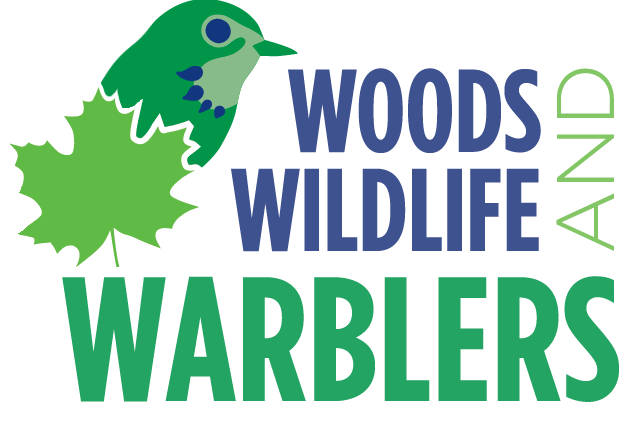Recovery of peregrines in the eastern U.S. from the brink is a major conservation success story. Could the re-introduction strategies have possibly shaped the mixed migratory behaviors of the current population?
What if I told you that the current population of Peregrine Falcons that fly Vermont’s skies and breed here every year is actually a human-induced mixture of subspecies, some of which were not historically present in the eastern U.S. before re-introduction? Maybe you already knew this, but if you’re like me, your interest piqued when Audubon Vermont’s senior conservation biologist and peregrine expert, Margaret Fowle, shared this with me.
Photo :A Peregrine Falcon takes flight off a natural cliff face. Photo: Teri-Franzen/Audubon Photography Awards


